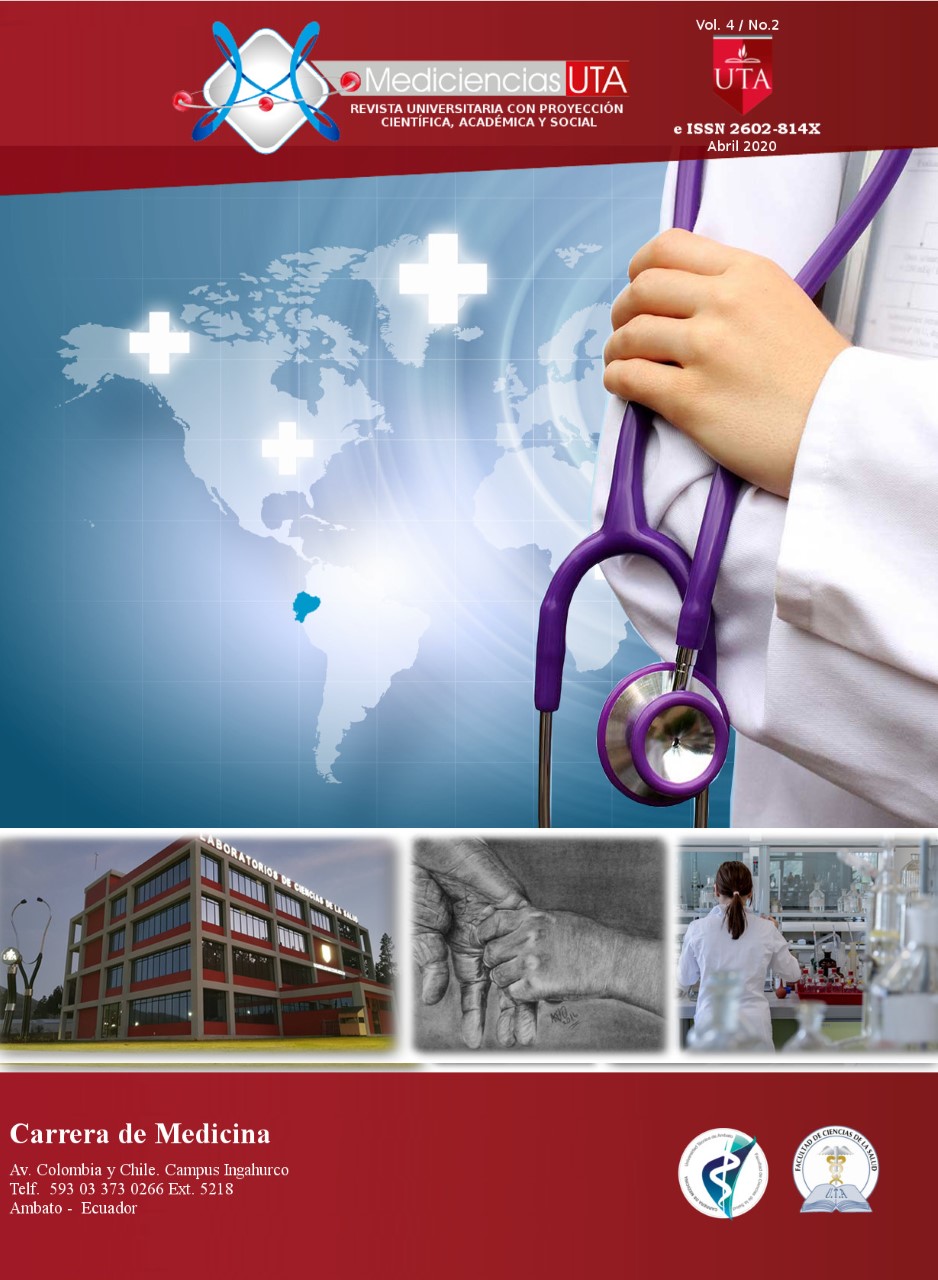First teachings and reflections on the SARS-Cov-2 pandemic
Main Article Content
Abstract
Introduction The new coronavirus epidemic (SARS-CoV-2), first reported in December 2019 in Wuhan, China, and which has been declared a public health emergency of international concern by the World Health Organization, shows a substantial morbidity and mortality, for this reason it is essential to deepen the epidemiological, clinical aspects of diagnosis and treatment to face and overcome this scourge.
Objective: Review the best published medical evidence and analyze the behavior of the SARS-Cov-2 pandemic, its epidemiology, isolation, clinical manifestations, complications, the most significant elements for its diagnosis and the new options to learn and apply these experiences in new epidemics.
Material and methods: A systematic search was performed on the PubMed, ProQuest, Embase, Redalyc, Ovid, Medline, DynaMed and ClinicalKey, EMBASE, LILACS databases during the period 2019-2020 in the international, regional and local context.
Results: The systematic review of articles provided a total of 100 records, of which 62 were eligible; of these, 12 were not relevant to the subject matter of this review, so 50 were included.
Conclusions: The disease caused by SARS-Cov-2, despite its high mortality, can be prevented with isolation, diagnosed in a timely manner and effectively treated, which will reduce its epidemiological impact worldwide. There is a potential therapeutic arsenal in the experimentation phase with promising results



